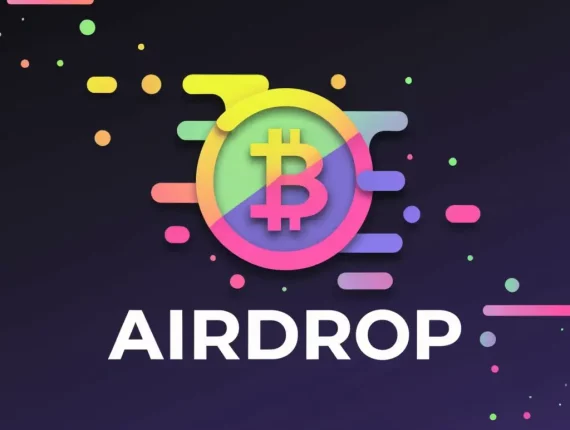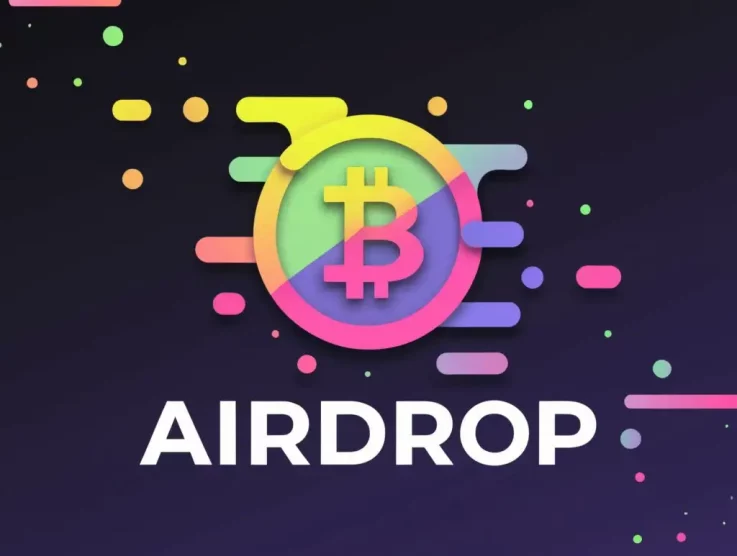What Are Layer 2 Solutions for Ethereum and How Do They Work?
The Ethereum blockchain, the second-largest cryptocurrency platform after Bitcoin, faces scalability challenges, high transaction fees, and low throughput. To address these issues, Layer 2 (L2) technologies have been developed to improve the performance and efficiency of the network. This article will explain what Layer 2 solutions are, the types of these solutions, and how they work within the context of the Ethereum blockchain.
What Are Layer 2 Solutions for Ethereum?
Layer 2 refers to an additional protocol built on top of the main blockchain infrastructure, known as Layer 1 (Ethereum). The purpose of L2 solutions is to improve scalability and reduce transaction costs by processing transactions off-chain, outside the main Ethereum network. This enables more efficient use of the blockchain, which is limited to processing only 15-30 transactions per second. Similar solutions, such as the Lightning Network for Bitcoin, exist to address these issues in other blockchain projects.
Why Are Layer 2 Solutions Necessary?
– Scalability: High network demand can cause congestion in Ethereum, leading to delays and transaction fees as high as $100 during peak times. Layer 2 scales the number of transactions processed without requiring changes to the Ethereum blockchain itself.
– Cost Reduction: By processing transactions off-chain, Layer 2 reduces gas fees, making microtransactions feasible.
– Faster Transactions: L2 solutions significantly speed up transaction times by reducing the load on the main Ethereum network, often providing near-instant transaction confirmations.
Overall, Layer 2 solutions improve the usability of blockchain applications, opening up new possibilities for developers and users by making Ethereum more accessible and cost-effective.
Types of Layer 2 Solutions
There are several types of Layer 2 solutions, each with unique methods to enhance Ethereum’s scalability and performance.
Rollups
Rollups execute transactions off-chain while keeping the data on the Ethereum mainnet. There are two main types of rollups:
1. Optimistic Rollups: Assume transactions are valid by default and only require intervention if a dispute arises. While fast and efficient, final confirmation may take longer.
2. Zero-Knowledge Rollups (ZK-Rollups): Use cryptographic proofs (zero-knowledge proofs) to validate transactions without revealing transaction details. This ensures high security and fast processing but requires complex computations.
State Channels
State channels allow participants to conduct multiple transactions off-chain while periodically updating the state on the blockchain. An example includes the Raiden Network for Ethereum, which enables ERC-20 token transfers without recording every transaction on the blockchain.
Plasma
Plasma is a framework for creating child blockchains connected to Ethereum. These side chains process transactions independently and periodically submit the results to the Ethereum mainnet, helping reduce congestion.
Sidechains
Sidechains are independent blockchains linked to the Ethereum network. They have their own security parameters and governance rules but can move assets between Ethereum and the sidechain to boost scalability.
Examples of Layer 2 Solutions
Several prominent Layer 2 projects have emerged, each offering unique approaches to improving Ethereum’s scalability and performance.
– Optimism: An Optimistic Rollup solution that aggregates transactions on a secondary layer, reducing gas fees and boosting throughput. Transactions are validated on Layer 2 before being finalized on the Ethereum mainnet.
– Arbitrum: Another Optimistic Rollup solution offering lower latency and fees. It uses a mechanism to ensure transaction validity and minimize the amount of data sent back to Ethereum.
– zkSync: A Zero-Knowledge Rollup solution that enhances Ethereum’s scalability while ensuring security through zero-knowledge proofs. It processes transactions off-chain, minimizing the impact on privacy and security.
– Polygon (formerly Matic Network): A multi-layer platform that supports various Layer 2 architectures, including Plasma and its own sidechains. This flexibility allows developers to optimize performance based on their specific needs.
– Loopring: Uses ZK-Rollups to create decentralized exchanges (DEXs) on Ethereum. By processing transactions off-chain, Loopring dramatically reduces fees and improves transaction speed while maintaining on-chain data integrity.
Pros and Cons of Layer 2 Solutions
Layer 2 solutions offer numerous benefits, but they also come with certain trade-offs. Here’s a look at their key advantages and limitations:
Pros:
– Increased Throughput: Layer 2 solutions significantly enhance the number of transactions processed, enabling microtransactions and applications requiring high throughput.
– Lower Transaction Costs: Off-chain processing reduces gas fees, making blockchain more affordable for various use cases.
– Faster Confirmation Times: L2 solutions provide faster transaction confirmations, crucial for applications like gaming and financial services.
– Scalability Without Sacrificing Decentralization: L2 scales Ethereum without requiring changes to the Layer 1 protocol, maintaining the blockchain’s decentralization and security.
Cons:
– Security vs. Performance Trade-Offs: Some L2 solutions may sacrifice security to achieve higher speed and lower costs. For example, Optimistic Rollups assume transactions are valid unless proven otherwise, opening a window for potential attacks.
– Dependence on Layer 1: All L2 solutions still rely on the security and stability of Ethereum. Issues on the mainnet, such as protocol changes or outages, could impact L2 operations.
– User Experience Complexity: Interacting with L2 solutions can add complexity, requiring users to manage different wallets, addresses, and balances, which may hinder mainstream adoption.
– Centralization Risks: Certain L2 solutions may lead to centralization in transaction processing, creating potential risks regarding data control and censorship.
Conclusion
Layer 2 solutions are essential for Ethereum’s growth, offering the scalability and efficiency needed to support more users and sophisticated decentralized applications (dApps). As these technologies continue to evolve, they promise to lower transaction costs and improve the overall user experience, paving the way for Ethereum to become a more powerful and scalable platform.

